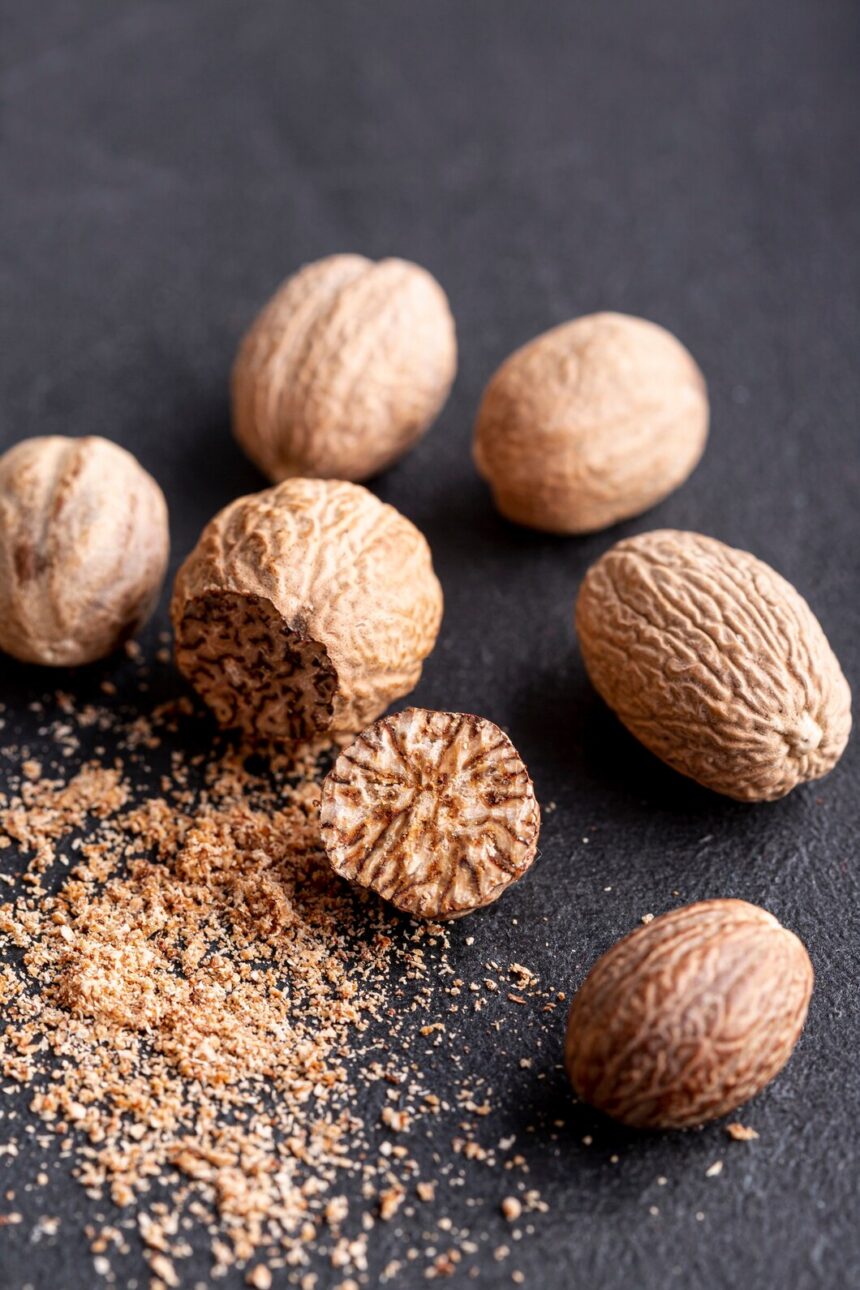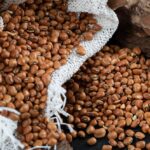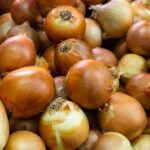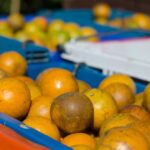Nutmeg, prized for its aromatic flavor and medicinal properties, is a valuable crop grown in various regions of South Africa. To ensure optimal quality and yield, farmers employ a combination of traditional and modern techniques tailored to the local climate and soil conditions. Here are some effective methods for enhancing the quality and yield of nutmeg in South Africa:
1. Site Selection and Preparation
Optimal Growing Conditions
Select sites with well-drained, fertile soil and adequate sunlight exposure for nutmeg cultivation. Conduct soil tests to assess nutrient levels and pH, and amend soil as needed to create optimal growing conditions.
Spacing and Planting
Plant nutmeg trees at the recommended spacing to maximize light penetration and airflow between trees. Ensure proper spacing to prevent competition for nutrients and minimize disease spread.
2. Varietal Selection
Adapted Varieties
Choose nutmeg varieties that are well-adapted to the local climate and soil conditions. Select cultivars known for their high yields, disease resistance, and superior flavor and aroma profiles.
Grafting Techniques
Utilize grafting techniques to propagate high-performing nutmeg varieties and maintain genetic purity. Grafted trees often exhibit better vigor and productivity compared to seedlings.
3. Crop Management Practices
Pruning and Training
Implement regular pruning and training to shape nutmeg trees, improve light penetration, and promote uniform fruit development. Remove dead or diseased branches to maintain tree health and productivity.
Fertilization Regimen
Develop a tailored fertilization regimen based on soil test results and nutrient requirements of nutmeg trees. Apply balanced fertilizers at the appropriate times to promote healthy growth and fruiting.
4. Water Management
Irrigation Practices
Implement efficient irrigation systems to provide consistent moisture to nutmeg trees, especially during dry periods. Monitor soil moisture levels and adjust irrigation schedules accordingly to prevent water stress.
Mulching
Apply organic mulch around nutmeg trees to conserve soil moisture, suppress weed growth, and improve soil structure. Mulching also helps regulate soil temperature and reduce nutrient leaching.
5. Pest and Disease Management
Integrated Pest Management (IPM)
Adopt integrated pest management (IPM) strategies to control common pests and diseases affecting nutmeg, such as nutmeg fruit flies, anthracnose, and powdery mildew. Use cultural, biological, and chemical control methods as part of an integrated approach.
Sanitation Practices
Maintain clean orchards by removing fallen fruit and debris regularly to minimize pest and disease pressure. Practice proper sanitation to prevent the buildup of fungal pathogens and insect vectors.
6. Harvesting and Post-Harvest Handling
Maturity Assessment
Harvest nutmeg fruits at the appropriate stage of maturity when the pericarp splits open to reveal the seed. Avoid harvesting immature or overripe fruits, as they may have inferior flavor and aroma.
Gentle Handling
Handle harvested nutmeg fruits with care to prevent damage to the seeds and preserve their quality. Avoid bruising or crushing the seeds during harvesting and post-harvest handling.
7. Quality Control Measures
Sorting and Grading
Sort nutmeg seeds based on size, shape, and color to ensure uniformity and consistency in quality. Grade seeds according to established standards for commercial sale and export.
Storage Conditions
Store harvested nutmeg seeds in cool, dry conditions to maintain their flavor and aroma. Proper storage conditions help prevent mold growth, insect infestations, and deterioration in quality.
8. Market Access and Value Addition
Market Research
Conduct market research to identify potential buyers and market opportunities for nutmeg products, including whole seeds, powder, and essential oil. Establish market linkages and partnerships to access domestic and international markets.
Value-Added Products
Explore value-added opportunities such as nutmeg spice blends, extracts, and culinary products to diversify product offerings and increase market competitiveness.
9. Continuous Learning and Innovation
Farmers’ Education
Participate in training programs, workshops, and field days organized by agricultural extension services, research institutions, and industry associations. Stay informed about the latest advances in nutmeg production and management practices.
Experimentation and Adaptation
Encourage experimentation and innovation on the farm to test new techniques, varieties, and technologies for enhancing nutmeg quality and yield. Adapt management practices based on local conditions and farmer experiences.
10. Collaboration and Knowledge Sharing
Farmers’ Networks
Join farmers’ networks, cooperatives, and producer groups to share knowledge, experiences, and best practices with peers. Collaborate with other stakeholders along the nutmeg value chain to address common challenges and opportunities.
Research Collaboration
Engage with research institutions, universities, and government agencies involved in nutmeg research and development. Collaborate on research projects to address specific issues related to nutmeg production, quality, and value addition.
By employing these techniques for enhancing quality and yield, South African nutmeg farmers can optimize their production systems and unlock the full potential of their orchards. Through careful site selection, varietal selection, and crop management practices, farmers







